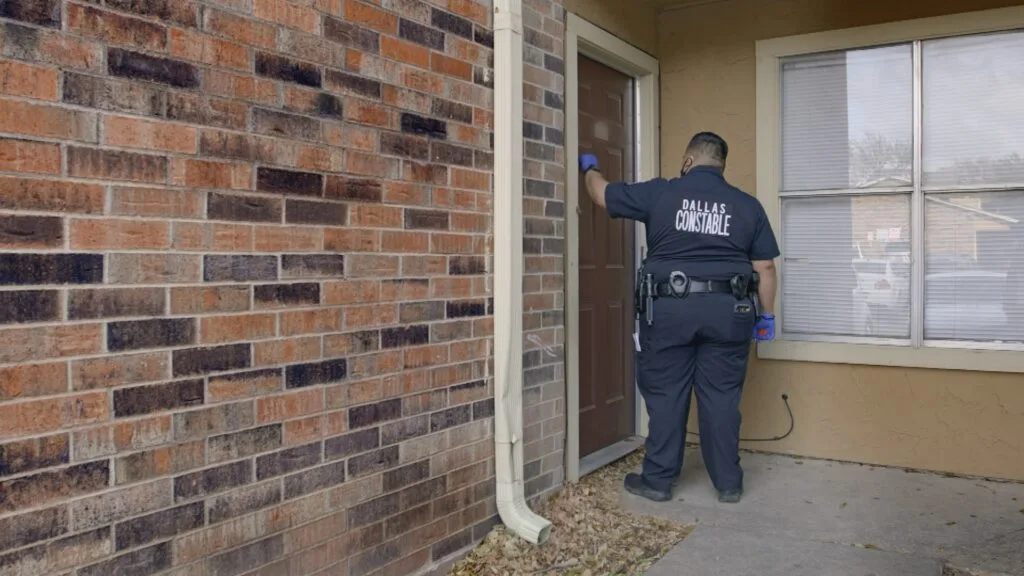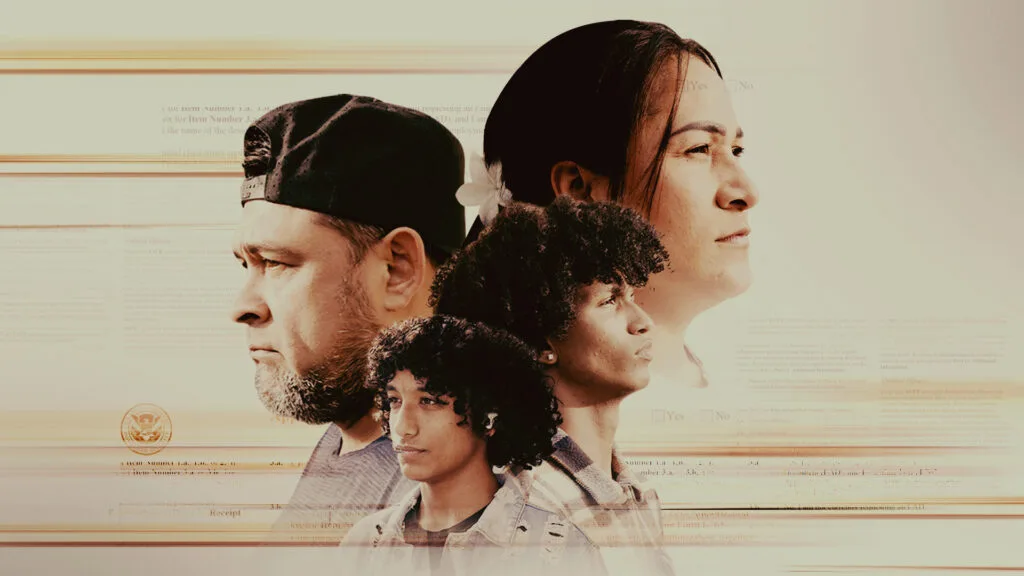Evictions and the Pandemic

October 7, 2022
As COVID-19 swept the country in 2020, millions of people in the U.S. were out of work and at risk of being evicted. An unprecedented federal ban on evictions and billions of dollars in rental assistance helped keep people in their homes — but some people were still evicted.
In FRONTLINE and Retro Report’s documentary Facing Eviction, director Bonnie Bertram and a team of filmmakers from across the country examined why — finding that the effectiveness of pandemic housing protections depended almost entirely on how local officials enforced them.
Bertram joined FRONTLINE editor-in-chief and executive producer Raney Aronson-Rath for a conversation about where tenant protections stand now, the process of making Facing Eviction and filming with people on the brink of losing their housing.
“We started to chronicle these people’s lives and as the months unfoldedsaw the desperation and just the precariousness of their situation and this dreaded knock on the door that impacts all parts of their life,” Bertram told Aronson-Rath.
Facing Eviction is now streaming on FRONTLINE’s website, the PBS Video App, and FRONTLINE’s Youtube channel.
Latest Documentaries
Policies
Teacher Center
Funding for FRONTLINE is provided through the support of PBS viewers and by the Corporation for Public Broadcasting. Additional funding is provided by the Abrams Foundation; Park Foundation; the John D. and Catherine T. MacArthur Foundation; and the FRONTLINE Trust with major support from Jon and Jo Ann Hagler on behalf of the Jon L. Hagler Foundation, and additional support from Koo and Patricia Yuen. FRONTLINE is a registered trademark of WGBH Educational Foundation. Web Site Copyright ©1995-2025 WGBH Educational Foundation. PBS is a 501(c)(3) not-for-profit organization.


















